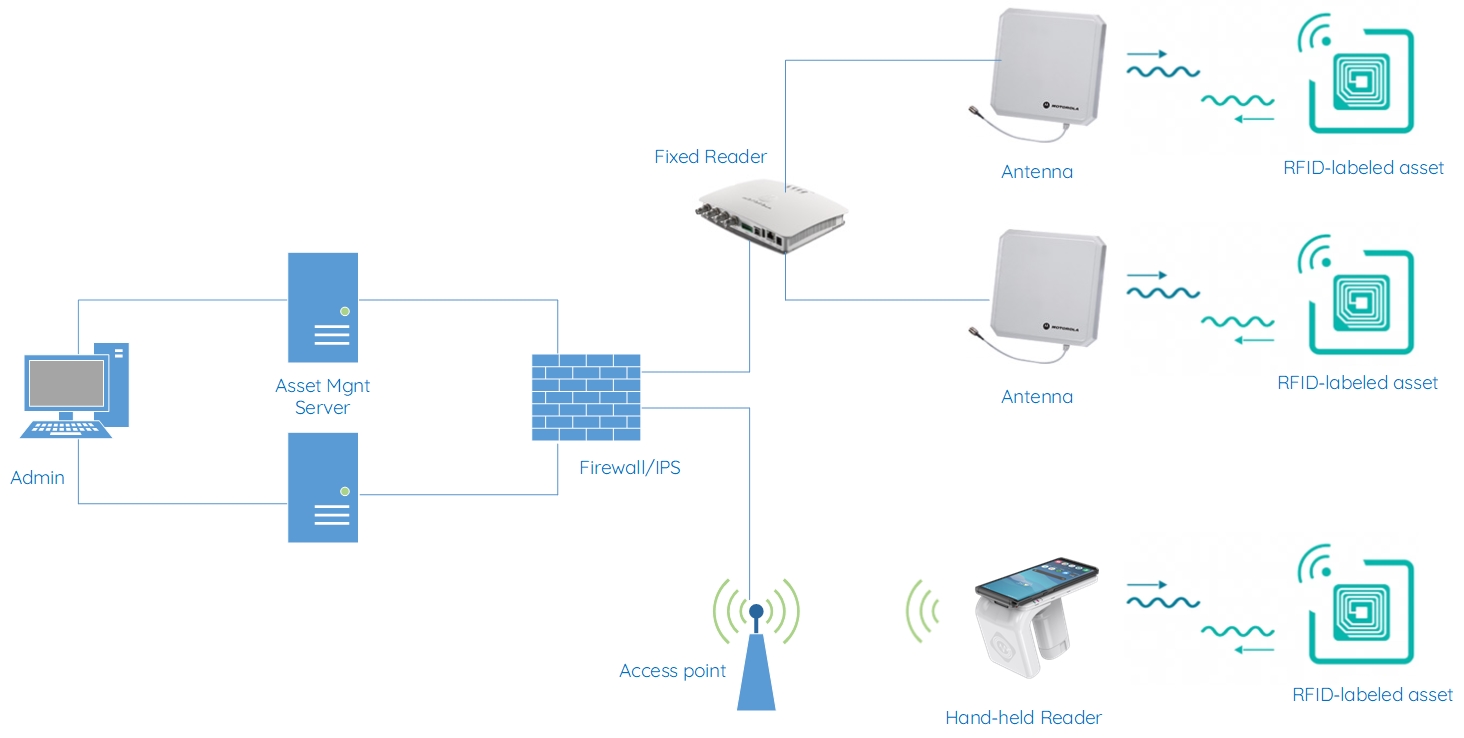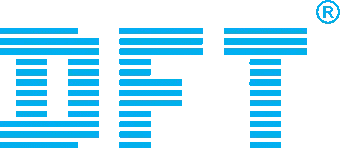 In asset management, many businesses still rely on outdated technologies such as Excel, QR codes, or barcodes to track and control their assets. However, these legacy tools exhibit significant limitations and risks in managing assets efficiently.
In asset management, many businesses still rely on outdated technologies such as Excel, QR codes, or barcodes to track and control their assets. However, these legacy tools exhibit significant limitations and risks in managing assets efficiently.
- Lack of automation: Manual asset management is time-consuming, leading to human errors in data entry and asset tracking processes.
- Absence of real-time tracking\: Legacy systems do not offer real-time visibility, making it difficult to determine the live location and status of assets, especially in dynamic environments.
- Manual reporting and alerts: Reports and alerts are generated manually, increasing the risk of overlooking critical asset information or events.
- Challenges in managing distributed assets: Tracking assets across multiple locations using legacy systems often leads to data discrepancies and poor data synchronization.
- Insufficient security protocols: Older systems like Excel and barcode solutions lack robust security features, making them vulnerable to data breaches, unauthorized access, and data loss.
Executive Summary
Our RFID asset management solution is a comprehensive system designed to enable efficient, automated, and accurate tracking of assets and documents. RFID (Radio Frequency Identification) technology leverages radio frequency signals to transmit and receive data between RFID tags and readers, eliminating the need for direct contact or line-of-sight scanning required by legacy technologies such as barcodes or QR codes.
Key Components:
- RFID tags: Attached to assets or documents, these tags must be selected based on the surface material (e.g., metal, liquids) to ensure optimal performance. Each RFID tag contains a unique identifier encoded in its microchip, enabling precise asset tracking and eliminating duplication errors.
- Handheld RFID readers: Portable devices used to scan RFID tags, capturing asset or document information and transmitting it to the centralized asset management system. The handheld reader automates data collection, minimizing manual input errors and improving efficiency.
- RFID tag encoders: For encoding asset identification data onto the RFID tags. This can be done using portable tag encoders or specialized RFID label printers, allowing rapid and seamless assignment of unique identifiers to each asset.
- Fixed RFID readers and antennas: Deployed at control points to monitor the movement of assets across different areas. This is particularly useful in warehouses, large office spaces, or logistics environments, where assets need to be tracked in real-time as they move between zones.
- Specialized asset management software: All asset information, including the encoded data from RFID tags, is synchronized with the asset management software. The system enables real-time tracking, condition monitoring, and historical reporting of assets, while automatically identifying missing or unsynchronized assets.
Addressing Asset and Document Management Challenges: Our RFID solution is not only suitable for managing office assets or warehouse inventories but also highly effective for document and file management. For example, users can enter a document's identifier into the handheld reader, which then emits an increasing signal as they approach the desired file, facilitating rapid and accurate document retrieval.
This solution allows businesses to optimize inventory, asset tracking, and document management processes, minimizing errors, saving time, and significantly enhancing operational efficiency.
Advantages
Architectural Model:

Account Management:
- User management
- Dynamic Authorization
- Department management
Device Management:
- Handheld RFID Readers Management
- Fixed RFID Readers Management
- Antenna Management
Asset Management:
- Inventory Management
- Asset Allocation Management
- Asset Utilization Management
- Asset Maintenance Management
- Asset Disposal Management
- Asset Location Management
- Asset Transfer Management
- Lost and Damaged Asset Management
- Procurement Planning Management
Report/Other:
- Asset Type Management
- Supplier Management
- Supplier Management
- Alert Management
- Configuration Management



